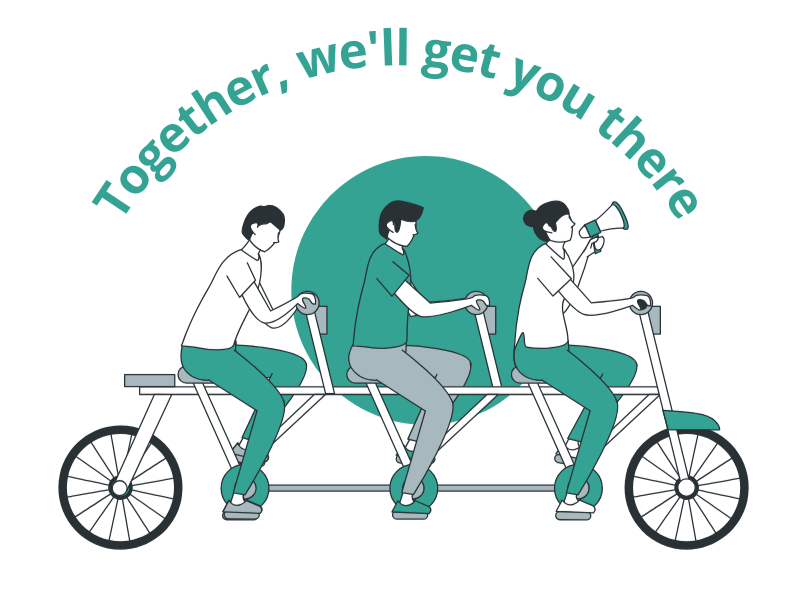The Brisbane Spine
What is a Joint Effort approach and why does it matter?
All that’s on the outside though. Transforming the inside – the musculoskeletal system, for example – is a much slower process requiring consistent effort.
Introducing our Joint Effort approach
It’s not like that with physiotherapy. Treating problems with your musculoskeletal system requires a joint effort from the practitioner and the patient.
We have the expertise and experience to guide you every step of the way but we can’t take those steps for you. You have to play an active role in your treatment, recovery, and life-long post-treatment health.


Treatment starts in your physiotherapy appointment
- Take a detailed medical history
- Examine you carefully
- Provide hands-on treatment such as:
- Soft-tissue massage
- Joint mobilisation
- Prescribe a program of exercises for you to complete at home.
Treatment starts in your appointment but it doesn’t only happen there. We give you exercises to complete at home because an active approach to healing may speed up your recovery.
Your body responds to exercise
The Couch to 5k is one of the world’s most famous running programs, aimed to help unfit couch potatoes work up to completing a 5 km run in just 6 weeks. In the early days, you walk more than you run. As your fitness improves, you start to run some short sections with a walking break before running a bit more. The program gradually increases the amount of running time as you gain fitness over the 6 weeks.
Physiotherapy works on similar principles. If you’ve experienced an injury or have a health condition that limits your mobility, you’ll be given gentle exercises at first. When you can do those well, you progress to the next level or try to sustain the exercises for a longer period. All the time, your body is adapting and gaining strength, flexibility or stamina.
It’s also learning good movement habits, such as recruiting the right muscles to stabilise your knee or support your back, for example.
Regular practice is vital to this process.
The value of homework
Physiotherapy is no different. The physical gains you’re seeking will often require your active commitment to doing at-home exercises between in-clinic appointments.
Your physiotherapist deliberately recommends a series of exercises that will help you gain strength and flexibility to improve your function.
Why do we do this? Because it’s unrealistic to expect you to come to the clinic every day – most patients don’t have the time or the money for that. So you come to us for 1-2 hours a week at most. Home exercises help you make use of the remaining 167 hours per week.
Patients who complete their home exercises consistently are significantly more likely to achieve their goals and experience a greater increase in physical function. Home exercises help to improve physical capabilities, ease pain and improve quality of life. There may also be a psychological boost – you’re in the driving seat, doing something active and useful to improve your body.

The dog ate my homework…
About 50-65% of patients with general musculoskeletal conditions don’t do their home-based exercises. Neither do 50-70% of patients with lower back pain.
Despite their good intentions and their desire for recovery, life gets in the way for many patients. Common barriers include:
- Forgetting
- Feeling like they don’t have time to fit their exercises into a packed daily schedule
- Pain when exercising
- Not doing much physical activity anyway
- Depression (we encourage you to see your GP if you’re concerned about your mental health).
How a Joint Effort approach can help
Talk to us about the barriers to doing your exercises. We can help you brainstorm ways to overcome those barriers, such as:
- Setting an alarm
- Prescribing fewer exercises so that you can fit them into the time you have available
- Doing half your exercises before work and the other half before bed
- Combining the exercises with something you enjoy, such as playing your favourite music or doing them outside in the sunshine
- Keeping a chart on the fridge so you can have the satisfaction of ticking off your exercises when you’ve done them.
Our Joint Effort approach aims to help you get the most out of your treatment so you can get back to doing the things that make you feel alive and happy. The knowledge that your actions matter to your recovery should be empowering and liberating. We promise to play our part. Will you play yours?

